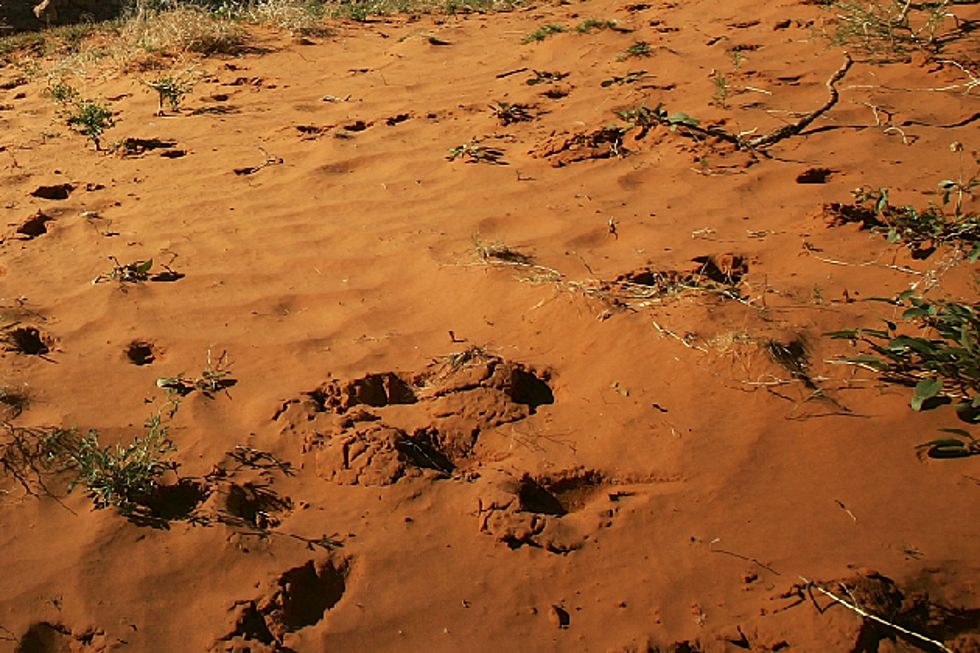
The Desert Of Maine!
When we think of Maine, we think of lobster, trees, snowmobile trails, beautiful lakes, and L.L.Bean. But would anyone think that the Pine Tree State as a desert too?
According to our friends at MentalFloss.com, about 10,000 years ago glaciers were prominent in southern Maine. Scientists have determined that the glaciers ground rock and soil into silt, the light dust on top of the dirt.
The process produced much more top soil and silt which resulted in farmland topsoil, just west of what is now Freeport, Maine.
This brought a man by the name of William Tuttle to the area, in 1797. Tuttle purchased 300 acres of land to farm on but had no idea what was underneath.
Although Tuttle understood what the land needed for a good farm, his offspring weren't as sharp. Therefore, they didn't till the ground as he had which resulted in a heavy dust-ladened land. The same reason, many says, was the result of the 'dust bowls' in Oklahoma.
Once the farm's topsoil began to erode, tiny patches of sand began to manifest itself on the land. The process began to procreate more sand and then next thing they knew, they had no more land to farm on because it turned into a basin of sand.
After a fire had destroyed the Tuttle homestead, a man by the name of Henry Goldrup bought the land from them, in 1919. With vision and creativity, Mr. Goldrup turned the sandy land into a tourist attraction, which still remains today.
Just to be clear, it's not technically a desert, where eremology is concerned, but with much silt, it certainly gives the appearance of a desert in the Pine Tree State.
Just ask some of the buildings that are now buried under about eight feet of silt!
More From









